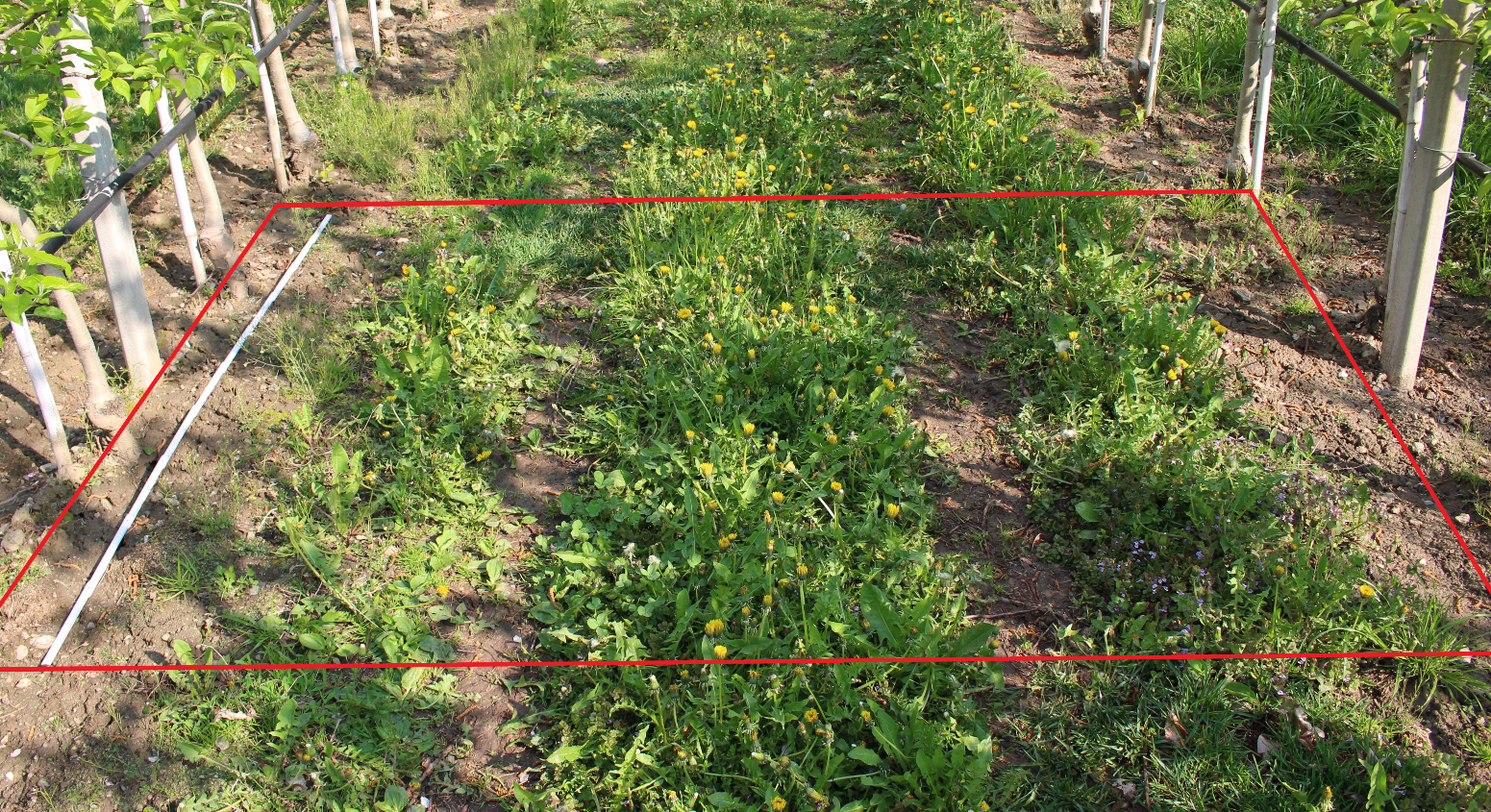Understory management in apple cultivation and potential food sources for honey bees in the understory of apple orchards
Abstract
Nowadays it is hard to imagine South Tyrol without apple cultivation. Around 10 % of the apples available on the European market are being produced on the more than 18.300 ha of South Tyrols apple orchards. Since those orchards can take up more than 75 % of the agricultural used land in some parts of the region, they have an impact on the present fauna. The understory of the orchards is for example being used by insects as pollen and nectar source. This study took a closer look on the understory management and its impact on the vegetation inside the apple orchards. It shows that the mowing of the lane, as well as the use of herbicides in the apple tree rows do have an impact on understory vegetation. However, these effects are only short term, which is why it is important that these interventions are taking place at the right time. Event though it is not possible to completely remove all flowers from the understory, the right management can reduce the attractiveness of the apple orchards for pollinators when needed and therefore minimize their urge to visit the orchards and decrease the risk of getting contaminated with plant protection products.DOI:
https://doi.org/10.23796/LJ/2023.003
Downloads
Published
17.08.2023
How to Cite
Geier, J., Mair, B., & Wolf, M. (2023). Understory management in apple cultivation and potential food sources for honey bees in the understory of apple orchards. Laimburg Journal, 5. https://doi.org/10.23796/LJ/2023.003
Issue
Section
Short Papers



